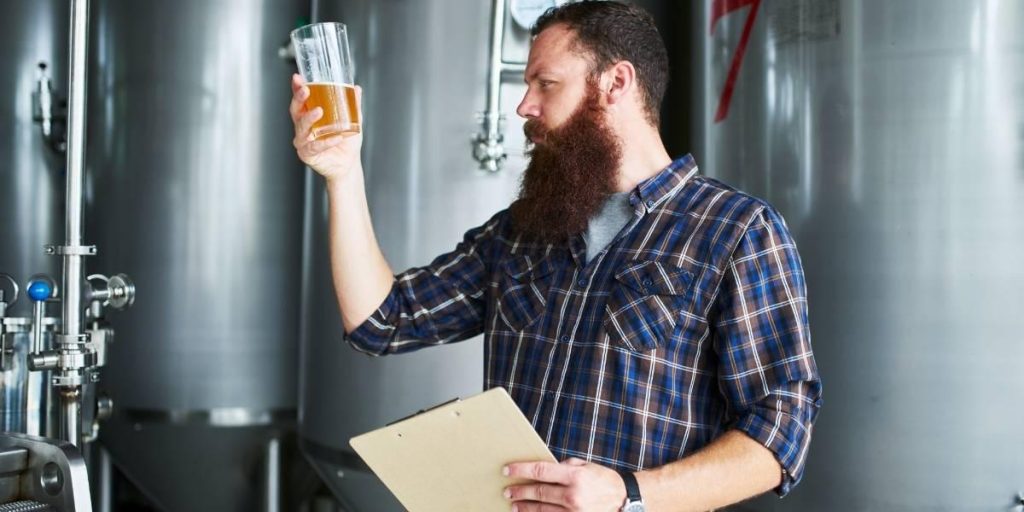How Big Should Your Still Be?

There are a lot of different still sizes out there and it can be difficult to pin down exactly what size will fit your operation. It can be tempting to take one of the home still sizes and go “one step” bigger to use as a commercial starter still but that’s a huge mistake that a lot of first-time commercial distillers make. In any start-up not giving yourself the right tools early enough can set you back but go too big too soon is also a problem as well. There’s a sweet spot that needs to be hit and it can be a little difficult to wrap your head around where that spot is unless you have some clear production and business goals to guide you. And you absolutely need both. You can make as much as you want but if there’s no avenue to sell your product then your storage can fill up pretty quickly and having no product to sell is a double-edged sword that can lose your place on the shelf.
Whatever still sizes you consider have to be big enough to cover fixed costs and allow you time to market and sell your product. Planning ahead will help you tremendously in the long run, If you’re aging spirits. Nothing will beat time in a barrel and it’s very difficult to cheat time. Small and scrappy is a pretty common way to start up but when you’re in growth mode in 3-5 years and have sold all your 2 and 4-year-old products you had in the Brickhouse it’s too late to turn up the production. Anything you make now will have to wait until it’s ready before you can bottle it and put it on the market. This is only a general rule though and may not apply to clear spirits or if you are working with rapid aging technologies, that is an entirely different matter and past the scope of this article.
When you’re talking about most manufacturing processes economies of scale kick in and cost per unit produced goes down significantly in bigger facilities. As a general rule, equipment costs are almost always going to be lower in the long term than personnel and variable costs. Bigger equipment can have a minimum operating range and if you’re running your still once a month it may not be the right size for your operation. On the other hand, if your primary operation is agricultural and you’re using the still to squeeze one more product out of the acre then it can make a lot of sense to size the equipment to process as much as it can around harvest time so that you don’t lose material to spoilage.
There are a lot of variables that go into choosing the right sized equipment to suit your needs but you don’t have to go in blind. We have a wealth of knowledge and a very handy Run Speed Estimate tool. While no projections are ever 100% accurate you can try a few different scenarios side by side to see how many bottles you’ll make from each run with different equipment in different scenarios. Give us a call at 561-845-8009 to talk about your options and how they will affect your production capabilities.